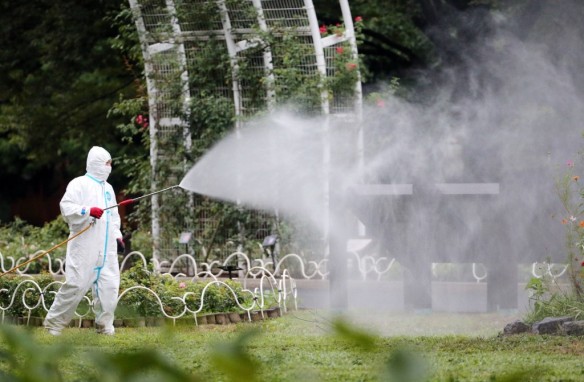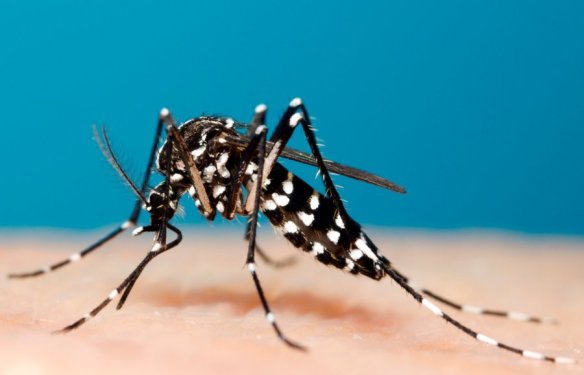
Summer is always a busy time for me. As well as plenty of time sloshing about in the wetlands, there is often lots of interest from mosquito-curious media. There has been some intense bursts of activity in previous summers but the 2015-2016 was particularly interesting.
I certainly covered some new ground this summer. I responded to over 160 individual media requests in the past 6 months. From flies and food safety to the emergence of Zika virus. Here is a wrap from my media adventures and some valuable lessons learned for future science and public health communication.

The good news of new virus discoveries
Usually, the discovery of a new mosquito-borne virus brings with it new concern for public health. This time though, there was some good news.
Towards the end of 2015, a paper reporting on a collaborative research project between University of Queensland, QLD Health and University of Sydney was published in Virology. This was the first publication detailing the discovery of Parramatta River virus, an insect specific virus that exclusively infects the mosquito Aedes vigilax. This virus does not infect people and poses no health risk.
A joint media release was issued by University of Queensland and University of Sydney and there was plenty of media attention. Not surprising given the usual negative associations with mosquito-borne pathogens!
There were dozens of articles, much of the attention focused on the team at University of QLD. Dr Jody Hobson-Peters was kept busy with local media including ABC and Brisbane Times. It was a great experience sharing the research with colleagues in Queensland, particularly great seeing so much exposure for PhD student Breeanna McLean and her newly published research.
I was surprised at how little attention there was in the news from Sydney media. The lesson here though was more about bad timing than uninteresting research. A couple of weeks after the initial media release, I forwarded around a few emails and sent out a couple of tweets and next thing you know, we made the front page of the local newspaper, the Parramatta Advertiser (see above). It was some great local coverage, not only about the virus discovery but it also provided an opportunity to raise awareness of mosquitoes and mosquito-borne disease on the eve of summer!
Lesson learned: A good reminder that if your research isn’t picked up immediately, give it another shot a few weeks later. Timing may make all the difference but perseverance does too!

To stop sickness, swat or spray
Just in time for Christmas lunch and summer holiday picnics, I published an article on flies and food safety at The Conversation. I really expected this article to slip under the radar of most people. Coming out on Christmas eve doesn’t seem likely many would be clicking about on the internet but within a few days over 600,000 people had clicked on the piece!
Many of those clicks were thanks to the article being shared by IFLS but there was also plenty of interest from local media and I was busy with interview requests from ABC Local Radio across the country. Who doesn’t love hearing about how flies poop and vomit on your food? I was even interviewed by Grey Nomad Magazine!
Lesson learned: Applying a little science to seasonal urban myths and common uncertainties can prove popular and may be a good opportunity to promote a little science!

Rain, rain everywhere with mozzies soon to come
With all the talk of El Nino and predictions of a hot and dry summer for the east coast of Australia, the summer was actually reasonably mild and extremely wet. Sydney was particularly battered by a series of storms and intense rainfall early in 2016.
More water generally means more mosquitoes. In response to the rain, many media outlets were interested in chatting about the prospects of a bumper mosquito problem. As well as talking about the prospects of an increase in mosquito-borne disease risk, it was a great opportunity to talk about personal protection measures.
There were some radio, print and tv spots that provided opportunities to talk about how to choose and use the right repellents.

In 2015 I published a paper in the Medical Journal of Australia explaining that health authorities need to provide more guidance on how the community can get mosquito repellents working more effectively.
Typical health warnings and media release from health authorities (usually limited to grabs on news bulletins) but when there is an opportunity to do longer form radio interviews, there is a chance to put an emphasis on aspect of public health messages. The hook to get these longer spots is giving more than just warnings, by mixing up some interesting things about mosquitoes, you can catch a little extra attention and sneak in the public health messages between the fun and fascinating facts about mosquitoes!
One news outlet was really insistent in grabbing a hold of me for some comments ahead of the evening bulletin. They even sent a crew to meet me in the city while I was taking the kids along to the Sydney Festival!
Lesson learned: When doing tv for the evening news, it is ok to wear a t-shirt, shorts and runners just so long as you have a rain jacket handy to make you like like you could have just stepped straight out of the wetlands!

From African forests to South American cities
While many of us were keeping our eyes on the developing outbreak of mosquito-borne Zika virus in South America towards the end of 2015, it wasn’t until February 2016 that the situation really grabbed the attention of the world’s media.
In late January, I published a piece at The Conversation titled “Does Zika virus pose a threat to Australia?” It prompted a little interest but it was the media conference coordinated by University of Sydney Media and Communications together with Australian Science Media Centre (AusSMC) that coincided with the announcement of the World Health Organization that the Zika virus outbreak was a Public Health Emergency of International Concern.
Together with colleagues from the University of Sydney’s Marie Bashir Institute of Infectious Disease and Biosecurity, I spoke at a media conference broadcast nationally on ABC News 24. There was a huge amount of media stories stemming from this media conference with over 500 individual articles identified across radio, tv, print and online. During the days and weeks following, I felt like I was spending more time at the ABC studios in Ultimo than I was in our lab! There were days when I spent hours on the phone doing radio interviews.
There were a couple of great longer form interviews that I really appreciated the opportunity to contribute to such as ABC Radio National’s Health Report and Rear Vision. There were also a couple of podcasts too, check out Science on Top and Flash Forward.
This flood of media requests also exposed me to a few more new experiences. There were live tv appearances on Sunrise, ABC News 24 and Sky News but probably one of the most interesting was my spot on Channel Ten’s The Project. It was interesting for a number of reasons.
Firstly, I was warned early on that one of the guests on the panel was comedian Jimmy Carr, a somewhat controversial figure notorious for jokes a little too close to bad taste. I’m not typically one to play the “wacky scientist” during interviews but what I was most cautious of was not being seen to be treating a very serious disease outbreak too lightly. I was determined to play the straight guy. In the end the interview turned ok but there were a couple of awkward moments that, luckily, ended up being edited out.
Secondly, simply doing the interview was unusual. It was a pre-recorded interview with me in a tiny room at the Channel Ten studio in Sydney and the panel in the Melbourne studio. I was sitting in front of a green-screen, staring down the camera with an earpiece blasting away in my ear. I have done live crosses before but they’re all been one-on-one interviews. This time it was with the panel and I found it incredibly difficult to get the feel for each of the panelists when they were asking questions. Missing that eye-to-eye contact was a disconcerting experience. Luckily, all turned out well in the end.
Lesson learned: Lots (I mean LOTS) learned while dealing with the interest in Zika virus! Probably another post in itself…but I would say that managing this volume of media wasn’t easy and it did eat up a lot of time (even though communicating public health messages is central to my “day job”) but this was important work.

A morning with Dr Karl!
When it comes to science communicators in Australia, there are few with a higher profile than Dr Karl Kruszelnicki. We’d spoken on a number of occasions about mosquitoes but I’d never actually met him in person before. “Dr Karl” invited me to hang out for a morning recording interviews for ABC News 24, ABC Local Radio and also guest on his national “Science Talk” segment on Triple J’s Mornings Show with Zan Rowe.
The experience of a behind-the-scenes perspective on Karl’s hectic schedule and how he manages the frenetic pace of work at the ABC was an eye opener. Doing the hour long segment on Triple J was great, enlightening to get questions from a slice of the Australian community I don’t usually cross paths with when doing the usual community engagement. I good reminder of just how much anxiety there can be within the community when news of international disease outbreaks occur. Not surprising given the thousands of Australians travelling to South America each month….with more to come later this year when the Rio Olympic Games kick off!
You can listen to the segment here and you can also follow Dr Karl on Twitter.
Lesson learned: From a public health perspective, this is a great reminder that the concerns and anxieties around infectious disease can change depending on the sector of the community you’re dealing with. The core messages may remain the same but you’ll always need to consider your audience when fine tuning your public health messages.

So, was all this worth it?
It was stressful. It was fun. It eroded much of my time that may have been spent in other ways but I see this as “doing my job” perhaps a little more than pure research scientists do. But how does all this convert into tangible metrics. How do you measure the reach and economics of all these media activities?
I’m fortunate to be supported by the University of Sydney media and communications team that helps out by providing some data on the metrics of my media activities each summer. What was all this time and effort worth?
Between November 2015 and Match 2016, I was quoted in over 160 media items. This adds up to a cumulative audience of around 8.9 million people, that is quite some reach! How much was it worth? Based on current advertising rates, about $1.6 million.
I’ve written before about how we can better value science and public health communication. Collecting these types of metrics can be useful for a range of purposes. Recently, I’ve been including media engagement as an “in kind” contribution to grant applications with valuation calculated on average media coverage that may be expected.
The lesson here is to take the time to record your media activities, not just so you have a list to demonstrate quantity but also so you can assess audience and value to your media activities. Work with your media and communications departments to see what extra information you can collect.
Got any other tips? Share them via Twitter!





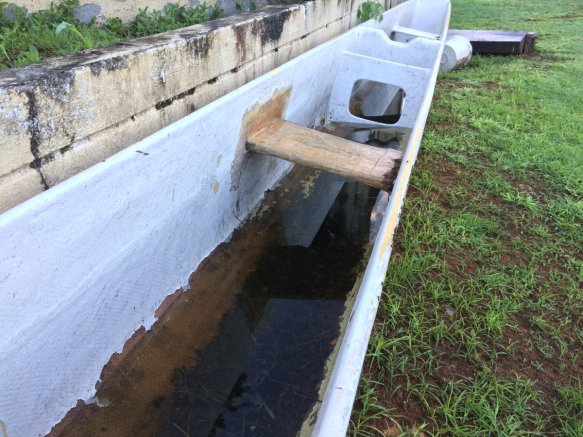
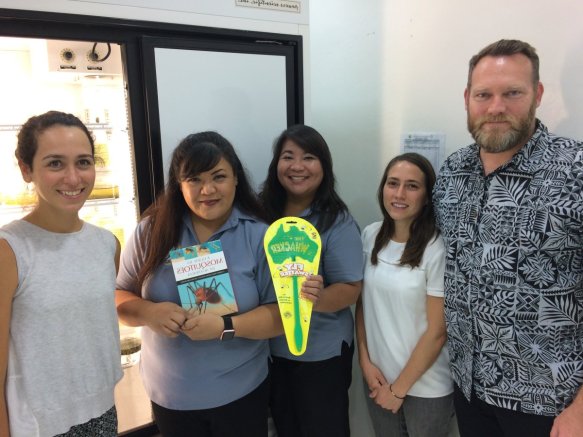














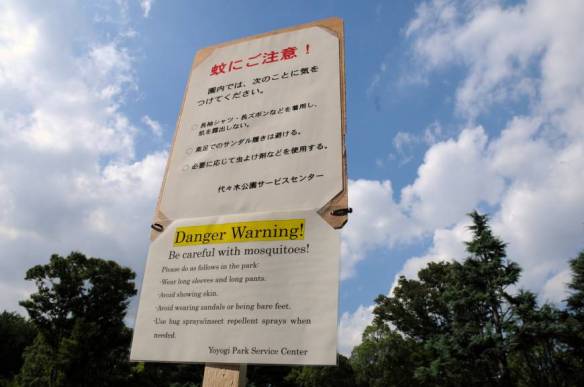 Considered free of dengue for around 70 years, Japan is now facing an outbreak of mosquito-borne dengue virus centered around a popular Tokyo city park. How could this happen?
Considered free of dengue for around 70 years, Japan is now facing an outbreak of mosquito-borne dengue virus centered around a popular Tokyo city park. How could this happen?